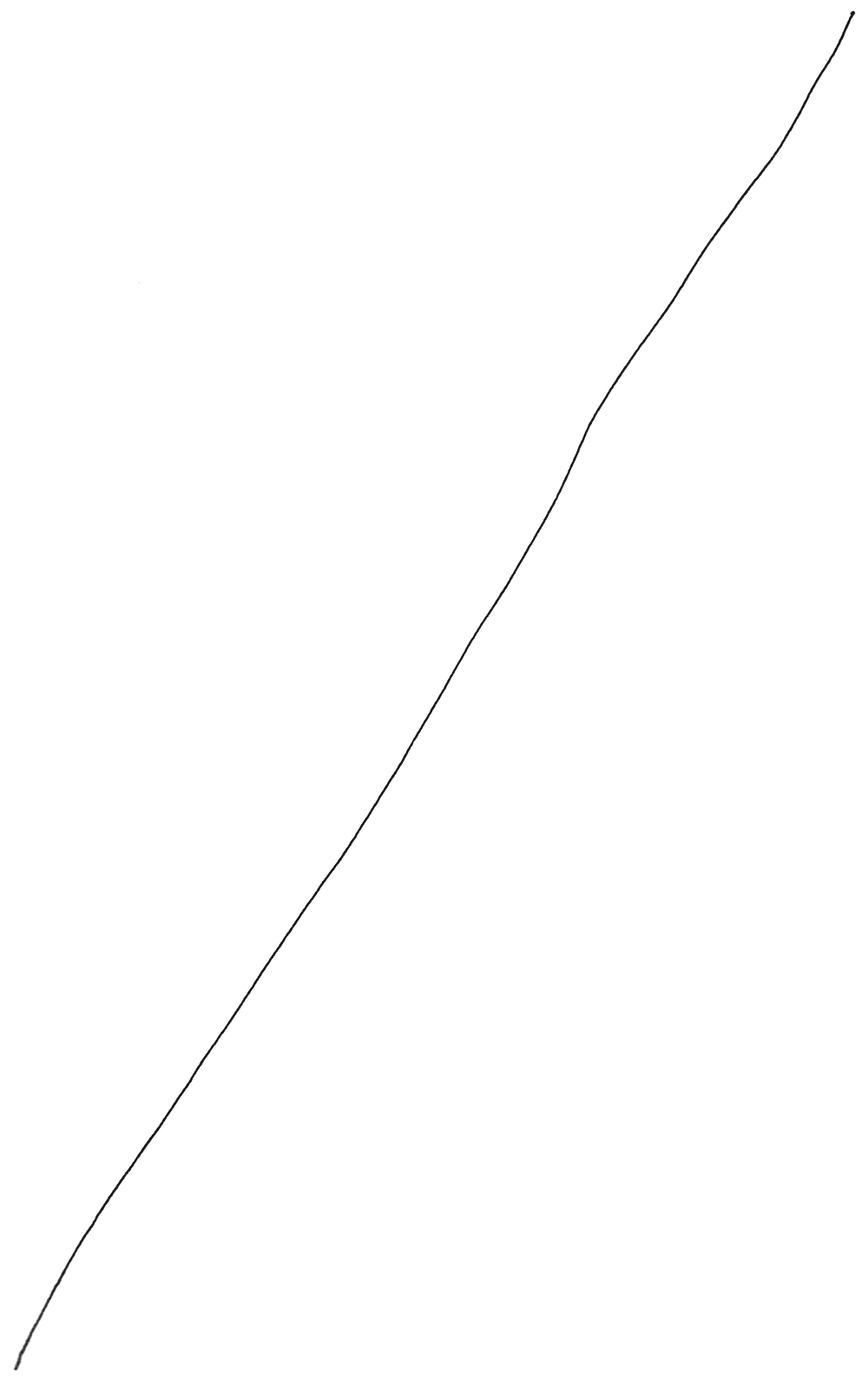Any given design is the result of many small decisions that have been made by its creator(s). Not only is it interesting, but it is often illuminating to be given insight into the thought process behind those decisions – to see behind the scenes of the creative process. In this series of articles (of which this is the first), I will share a sampling of the ideas, tools, and processes I sought to explore while creating this website. To start, here are three big ideas that shaped A Simple Frame.
A Place to Write
I recently read The Great Discontent interview with Cameron Moll in which he gave some advice about writing that really stuck in my head. Specifically, this quote inspired me to create a site where I could write about design:
… find something you’re passionate about and write about that passion. There’s no better way to articulate what’s in your head than to get it on paper. … Think about any form of creativity—if you can write well about it, it changes the way that you see the world and amazing things can happen.
The thing I’m passionate about is design. I often find that I have more thoughts about design in my head than I am able to articulate conversationally to the people around me. This site is an intentional effort to create a place to publish my thoughts about design and get them out of my head. It provides the framework and the accountability to write regularly. My hope is that by writing, I will be able to learn more about design while synthesizing my point of view.
The Name
Names are very hard. Previously, I used the url markdschafer.com for my personal site. Admittedly, I didn’t do too much with it, but I wanted a better domain name to work with if I was going to invest more time in it. I wanted something that was easier to spell and more memorable. After jotting down different ideas over a period of time, I read an article that served as the inspiration for the new name.
The article is entitled Best New Year’s Resolution? A ‘Stop Doing’ List and was written in 2003 by Jim Collins, author of Good to Great. It’s an excellent article about saying no to things in order to focus on what’s important and make great work. Here’s the quote that grabbed my attention:
Looking back, I now see Rochelle Myers as one of the few people I’ve known to lead a great life, while doing truly great work. This stemmed largely from her remarkable simplicity. A simple home. A simple schedule. A simple frame for her work.
This gets to the heart of where I want to go as a designer. I want to create great work, and the path to get there is through focus and simplicity. This site is a simple frame for my thoughts and my work.
Limitations
To continue on the meaning of the name, a frame is also an image of limitations and boundaries. As stated under Principles on the About page, I believe that limitations breed creativity. Having limits to work within often pushes you to creative solutions you would not reach without constraints.
With this in mind, I’ve set out to create self-imposed constraints for this site. For example, I’ve set up the constraint that I will publish new articles four times a month – on the 7th, 14th, 21st and 28th. This constraint forces me to write with more regularity than I would otherwise. It also forces me to be somewhat intentional about the articles I post. Since I’m only posting four times a month, the form of articles will naturally be longer and more thoughtful.
The idea of a frame also brings to mind the French parenting concept of the cadre which Pamela Druckerman describes in her Wall Street Journal article entitled Why French Parents Are Superior:
… the French ideal of the cadre, or frame, that French parents often talk about. Cadre means that kids have very firm limits about certain things—that’s the frame—and that the parents strictly enforce these. But inside the cadre, French parents entrust their kids with quite a lot of freedom and autonomy.
As human beings and especially as children, we need limits to work within if we are to thrive. Without the frame, we are lost. Within its bounds, we are set free to explore, experiment and discover new things. This site is the frame. Within it, I hope to explore my own creativity, experiment with new ideas, and discover design in a new way.
In my next article in this series, I’ll write more about the specific tools and processes used in the creation of A Simple Frame.
